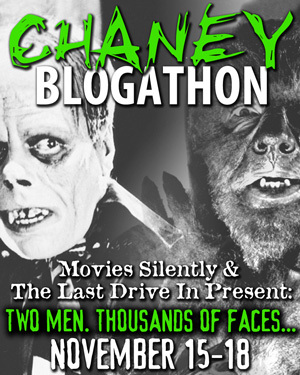
Doctor Peter Henri Van Der Weyde was born in Nymegen, Holland in 1813. He went on to live a remarkable life of achievement in the sciences and the arts. He died in America in 1895.
While serving as editor of Manufacturer and Builder Magazine, he wrote many articles, including the ones which gave this blog its name. In 1893 and 1894, he published a 23-part (!) memoir in the same periodical. Here is the twenty-first part. He continues to talk about his experiences with the calliope.
The steam-powered calliope was the high-tech musical instrument of its day.
The American Institute Fair was held every year in New York City from the 1830s to at least the 1890s.The image shows the structure built for the fair in 1851, modelled on London's Crystal Palace.
Part One
Part Two
Part Three
Part Four
Part Five
Part Six
Part Seven
Part Eight
Part Nine
Part Ten
Part Eleven
Part Twelve
Part Thirteen
Part Fourteen
Part Fifteen
Part Sixteen
Part Seventeen
Part Eighteen
Part Nineteen
Part Twenty
Reminiscences of an Active Life.
BY DR. P. H. VAN DER WEYDE.
From Manufacturer and Builder, Volume 26, Issue 10, October 1894
9th. Career as a Physician and Musician.-- At the last fair of the American Institute which took place in 1851 in the building erected in imitation of the London Crystal Palace, was a calliope on exhibition, on which several musicians tried their hands, but none of them to the satisfaction of the hearers to such a degree as appeared to be the case with my performance. The natural result of this was that I was soon regularly engaged to give every day two public performances on that instrument, one in the early afternoon and another in the evening, when there was also a full orchestra present.
That period was one of the busiest of my life; from 9 to 12 M., I was attending to my patients at the New York City Dispensary; from there I went to the Crystal Palace, where at 1 P. M. I found my audience waiting, and applauding my appearance. The music I gave them was excruciating to me, wherefore I always stuffed my ears with cotton, chiefly because such an instrument cannot possibly remain in perfect tune, as the pipes must necessarily become unequally heated, because those pipes, which happened to be used most, become the hottest, and are most affected. Therefore, in tuning an organ, the pipes should not be touched by the hands, as the slight amount of heat thus communicated is enough to affect their pitch. This shows how terribly a steam organ must always be out of tune; and this was the principal reason for stuffing my ears with cotton. The majority of people, however, I have found not to be so particular in this respect, and they are satisfied with anything which approximates a tune.
After playing some popular melodies and ending with the national airs, I took a hasty lunch, went to my home in Twenty-fifth street, and visited my patients in the afternoon.
In the evening at 8 o’clock I was again at my calliope rendezvous, where I suggested a joke to the orchestra, which consisted in aiding me to give a strong accent to one note in a then very popular song – "Pop Goes the Weasel" -- in which the required strong accent came on the word "pop."
I requested the whole orchestra for their aid in accentuating the "pop," and they responded joyfully to my suggestion. While I was playing the tune on the calliope, they made ready for the accented note, and, like good musicians, exactly at the right time, the trumpets, the trombone, the big and small drums, and all the other instruments, gave that note so forcibly that it made many persons jump. It always resulted in vociferous applause.
After a few evenings I attempted a joke on the audience; I stopped at the "pop," as if it were the last note of the song; but this gave rise to great dissatisfaction, and when I tried to slip away from the platform, I was collared by two young men who brought me back to my seat and compelled me to play the last notes, as they said they could not stand it not to hear the correct end of the piece -- that it would rob them of their sleep, etc.
I had sometimes to hasten from my professional calls to rush to the exhibition, play a few tunes, and go back to my patients, and was always back in time.







No comments:
Post a Comment